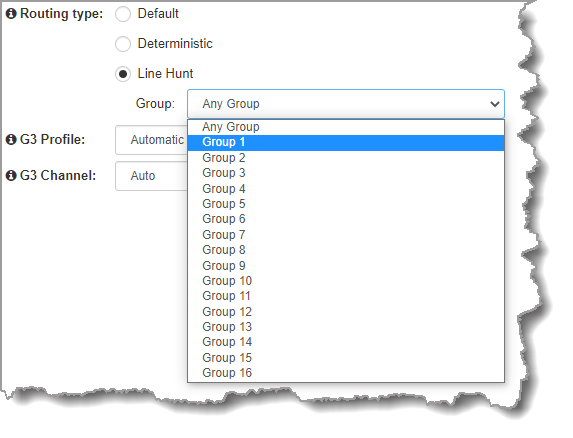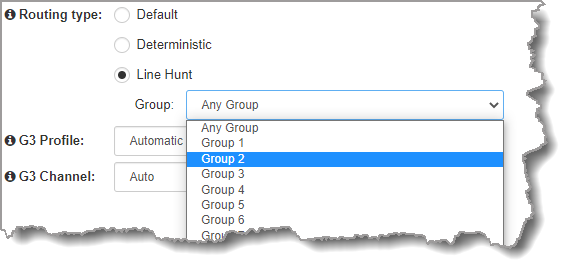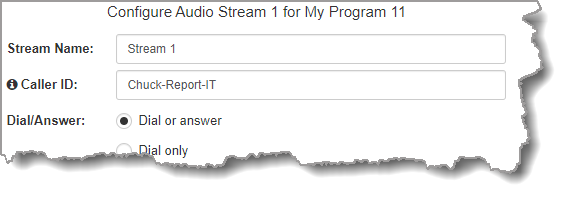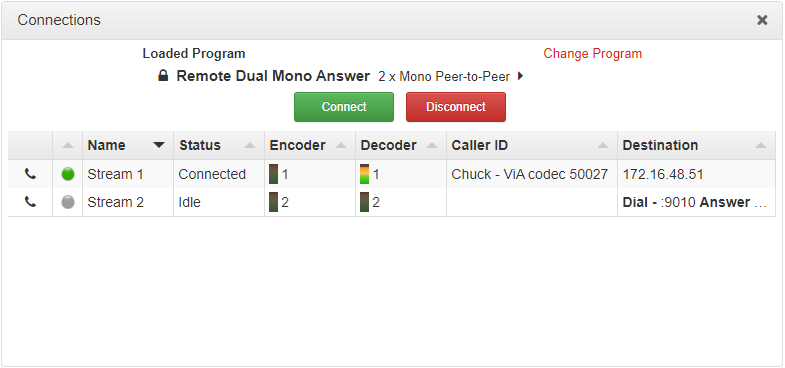The codec supports line hunt call answering, whereby you can create line hunt groups for multiple incoming callers on a first come, first served basis. This is ideal for separating groups of inputs and outputs between different studios or stations.
As an example, when creating a program which supports connecting sixteen mono audio streams, select Line Hunt as the routing type. Then select Group 1 for the first eight audio streams, to route outgoing and incoming calls via inputs and outputs 1 to 8. These inputs and outputs on the codec can be routed to a particular studio or station.

For the next eight audio streams, select Group 2 to route outgoing and incoming calls via inputs and outputs 9 to 16. These inputs and outputs on the codec can be routed to a different studio or station.

In a 16 stream answering program example, when Any Group is selected for all streams in Line Hunt mode, the codec will route all incoming calls on a first come, first served basis. The dialer doesn't have to specify a line hunt group, however they do need to select Line Hunt mode in the dialing program for this to function correctly.
Incoming Caller ID
Tieline codecs also support incoming caller IDs, so you can uniquely identify codecs or Report-IT users when they call in. This is particularly useful for identifying inbound callers when using line hunt answering mode.

Any Tieline G5 or G6 codec can display a designated Caller ID in the Connections panel when dialing. In the following example, a ViA codec has called into the Gateway using the caller ID Chuck - ViA 50027.
